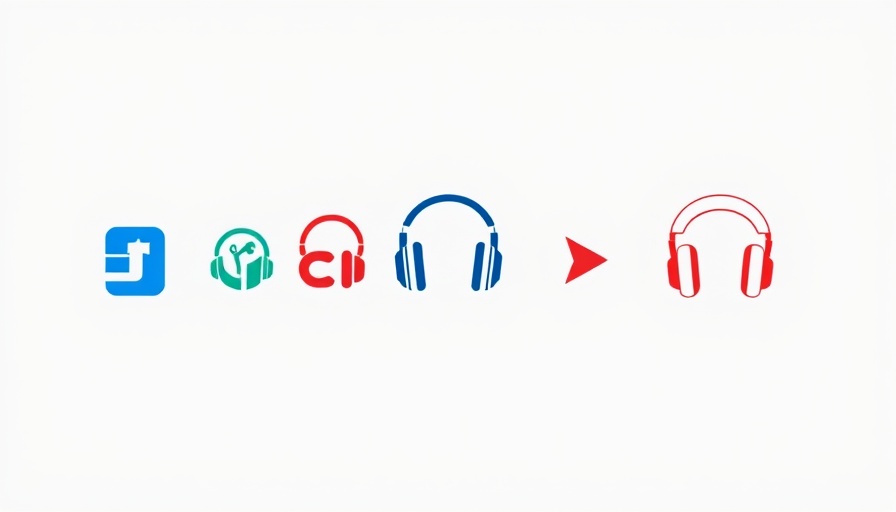
Transforming Audacity: A Much-Needed Upgrade
Audacity, a staple in the realm of audio editing, has faced criticism for its user experience as it shifts from a beloved tool to what some have called a 'UX nightmare.' The upcoming launch of Audacity 4 promises a revitalized application that addresses many of these longstanding issues. As developers and engineers, understanding the improvements in version 4 may greatly enhance your workflow, whether you're editing podcasts, music, or sound experiments.
Designer Insights: The Rethink Behind the Update
According to Martin Keary, VP of product at Muse, the team has scrapped some features that limited user interactions with audio. This includes the notorious "Audacity says 'no'" responses users often encountered, such as frustrating barriers that hindered dragging clips or pasting them into limited spaces. The new interface aims to make along audio editing easier and more intuitive. Features like individual track meters and streamlined trimming tools will likely attract returning and new users alike.
The Design Controversy: Why Branding Matters
Any rebranding, particularly of a beloved software tool, ignites passionate responses. The new logo for Audacity has met with criticism, being described as unappealing and confusing. This backlash raises a significant point: user familiarity and brand recognition carry weight in software adoption. Developers must remember that good design isn’t just about aesthetics but also how it resonates with users. If many users grapple with the logo, it could distract from the substantive UX improvements.
Future Implications: Will It Attract AI Developers?
The evolution of Audacity could capture the attention of those involved in developing AI-driven audio tools. With numerous developers already leveraging machine learning platforms and APIs, Audacity 4's modern interface may set the stage for future AI integrations. Imagine seamless AI tools for audio enhancements that could automate time-consuming tasks within the software. This could create a considerable vector for innovation in audio engineering.
Practical Insights for Engineering Teams
For IT teams and engineering departments, the changes in Audacity highlight the importance of keeping UX and usability at the forefront. Emphasizing a customizable and modern interface, developers can bolster productivity while catering to diverse user preferences. It becomes crucial to assist users in adapting to these changes quickly, perhaps through in-app tutorials or extensive documentation.
As we await the official release in early 2026, the anticipation surrounding Audacity 4 provides several takeaways. First, the significance of user feedback in software design cannot be overstated. With the right enhancements and community engagement, Audacity might reclaim its status as the go-to audio editing tool. Stay tuned for updates and explore how these changes can elevate your projects.
For more technology insights, consider how advancements in AI are influencing software development and user experience design in your industry.
 Add Row
Add Row  Add
Add 




Write A Comment